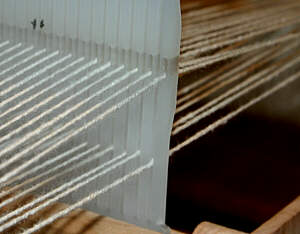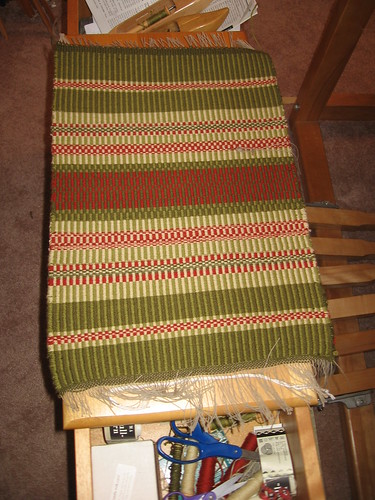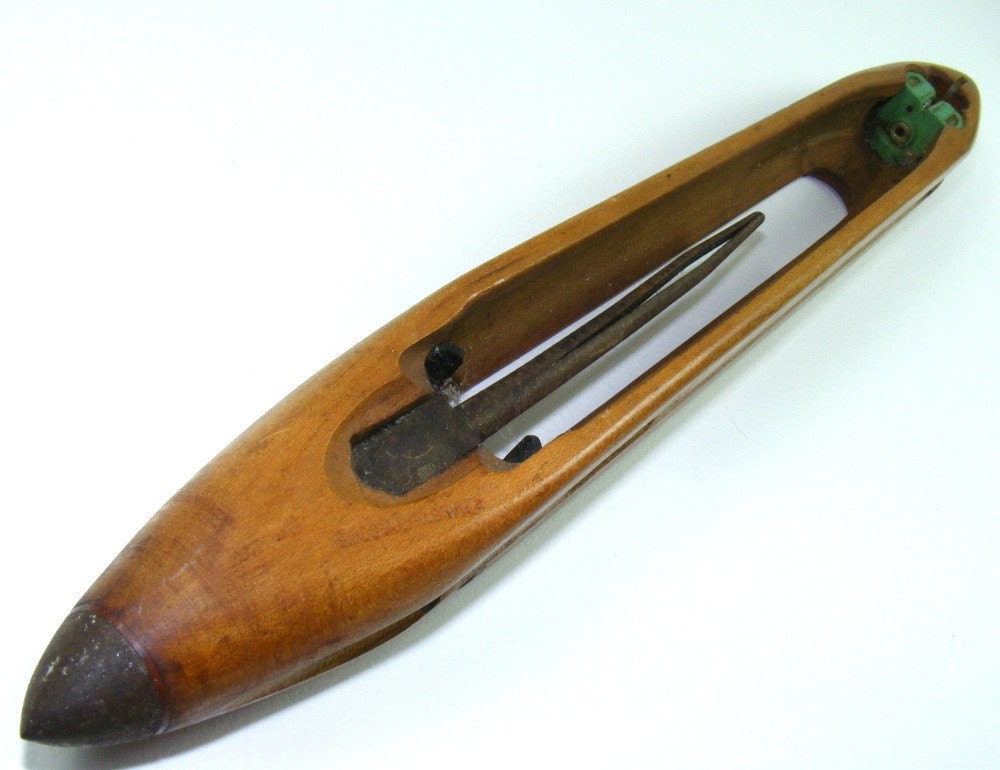I found this weeks reading assignments to be interesting and valuable. I say this because some of my previously held misconceptions about Africa and African Art came to light this week.
Our first assignment was to read the intro in our textbook, "A History of Art in Africa" the second edition. After reading the intro I decided to turn what the "I thought I knew" about Africa into what I have "heard" about Africa.
Our first assignment was to read the intro in our textbook, "A History of Art in Africa" the second edition. After reading the intro I decided to turn what the "I thought I knew" about Africa into what I have "heard" about Africa.
While reading about the Dogon people and learning about their masquerades and how they will almost "perform" for tourists and then do their cultural masquerades with current masks and not the "traditional" masks ,as we like to call them, I was taken back. I had always thought of the people of Africa as tribal and not necessarily as communities that are changing just as communities in America are constantly changing. This is just one of the misconceptions that I found I had about Africa this week.
Among many things from this weeks lectures I am very interested about the textiles and the weaving process. I have no concept of what a heedle, weft-face or float-weave patterns, and single heddle or double heddle looms are so I went searching and came up with bits of new information. Here are little bits of what I found.

A heddle(right) is a frame that holds needles that have eyes that you guide separate strings through. I like to think of these like I would whales teeth. Whales have bristles that sort through everything so only what needs to come in comes in. One may also think of a heddle as a bristle brush as well.

A weft-face loom (right) is one that the main
design comes from the string that runs the shortest distance (usually left to right)
I also found out that the boat like tool that holds the thread, that goes from left to right or vice-versa is called a shuttle(right).
I am nevertheless interested to learn about the many types of African textiles including weaving.

I am so glad you're challenging yourself and your earlier ideas. I think you can integrate your description of objects with your analyses more. I look forward to more development and connections made in your future responses.
ReplyDeleteI also have become very interested in the different forms of Akan textiles, especially the kente woven designs. I enjoyed reading that more than three hundred named patterns exist, and like most other facets of Akan life; the quality of material and design have a direct correspondence to specific social and ritualistic roles.
ReplyDeleteAlso, thank you for explaining weaving terminology for us to better understand!